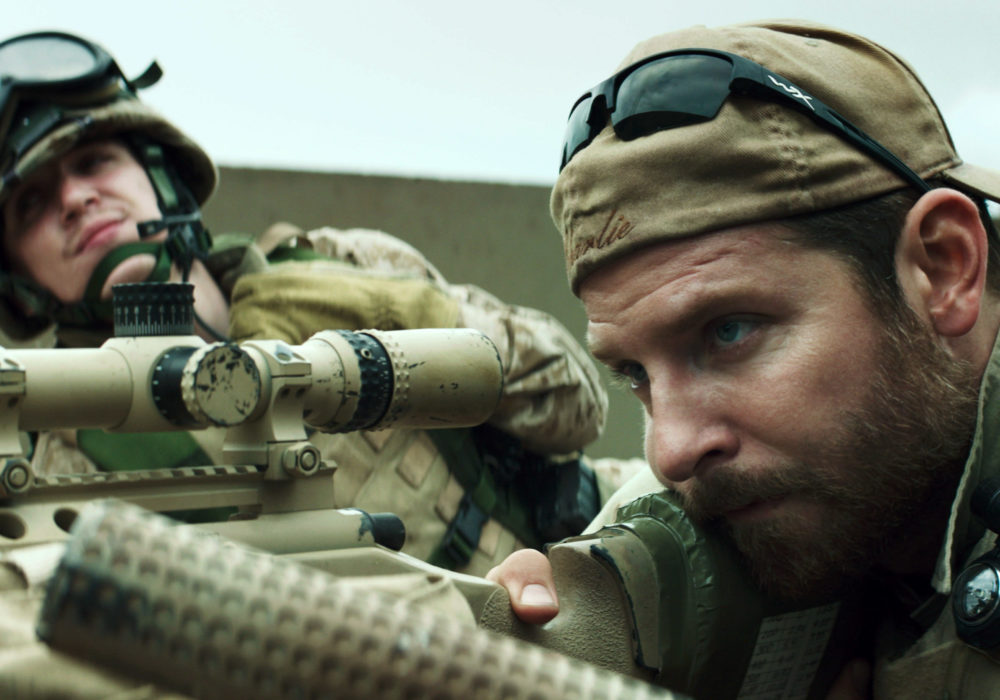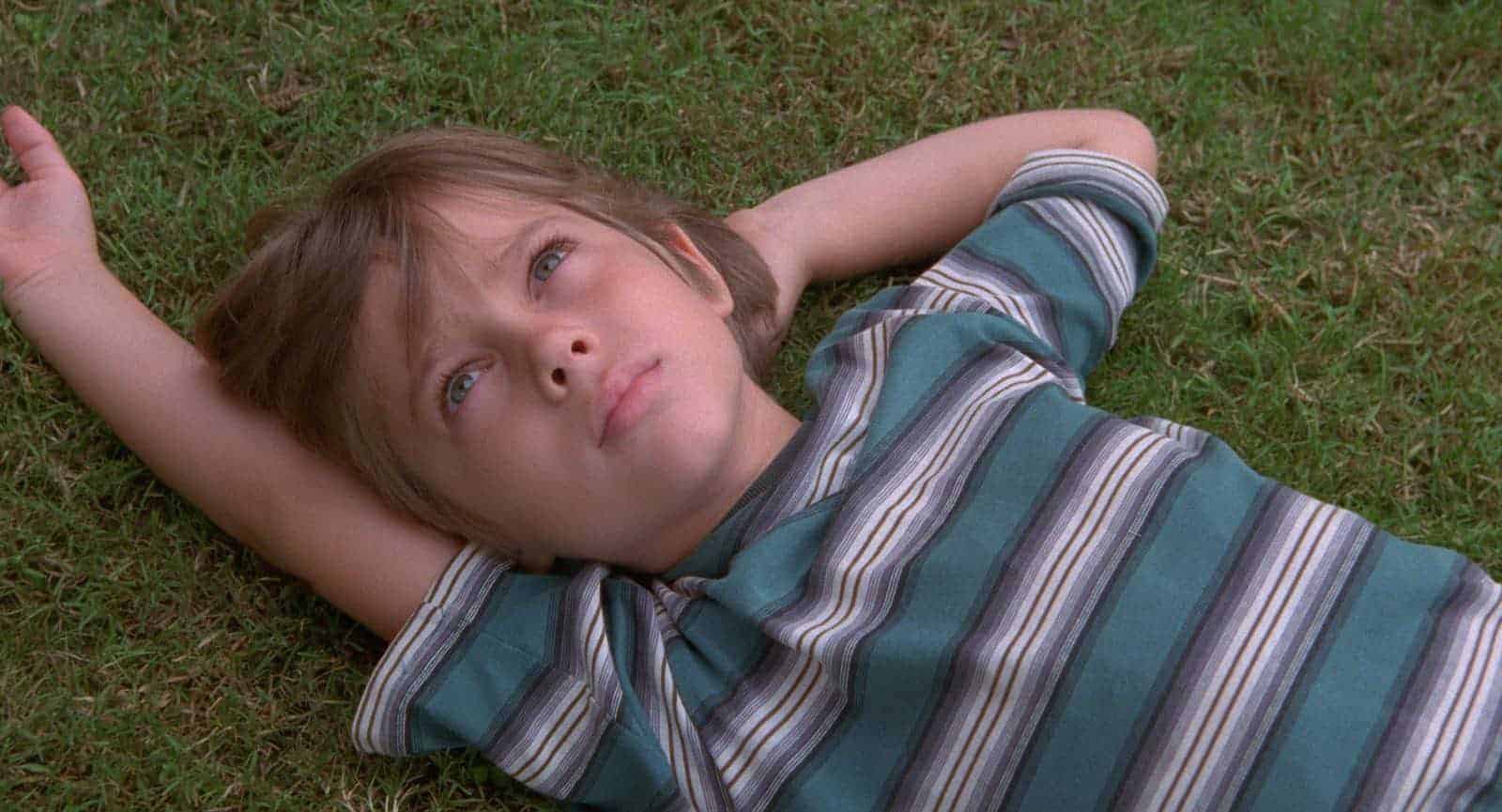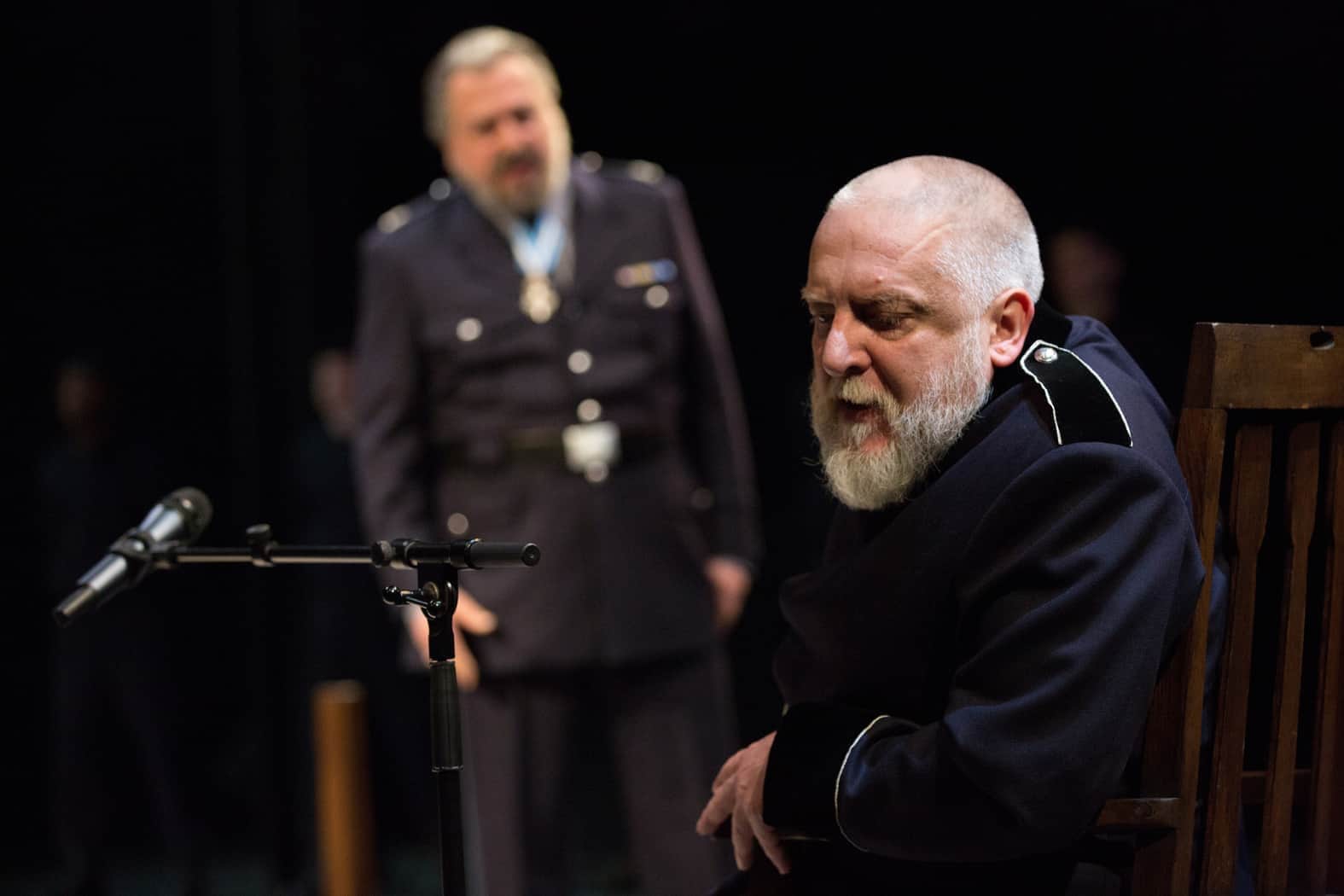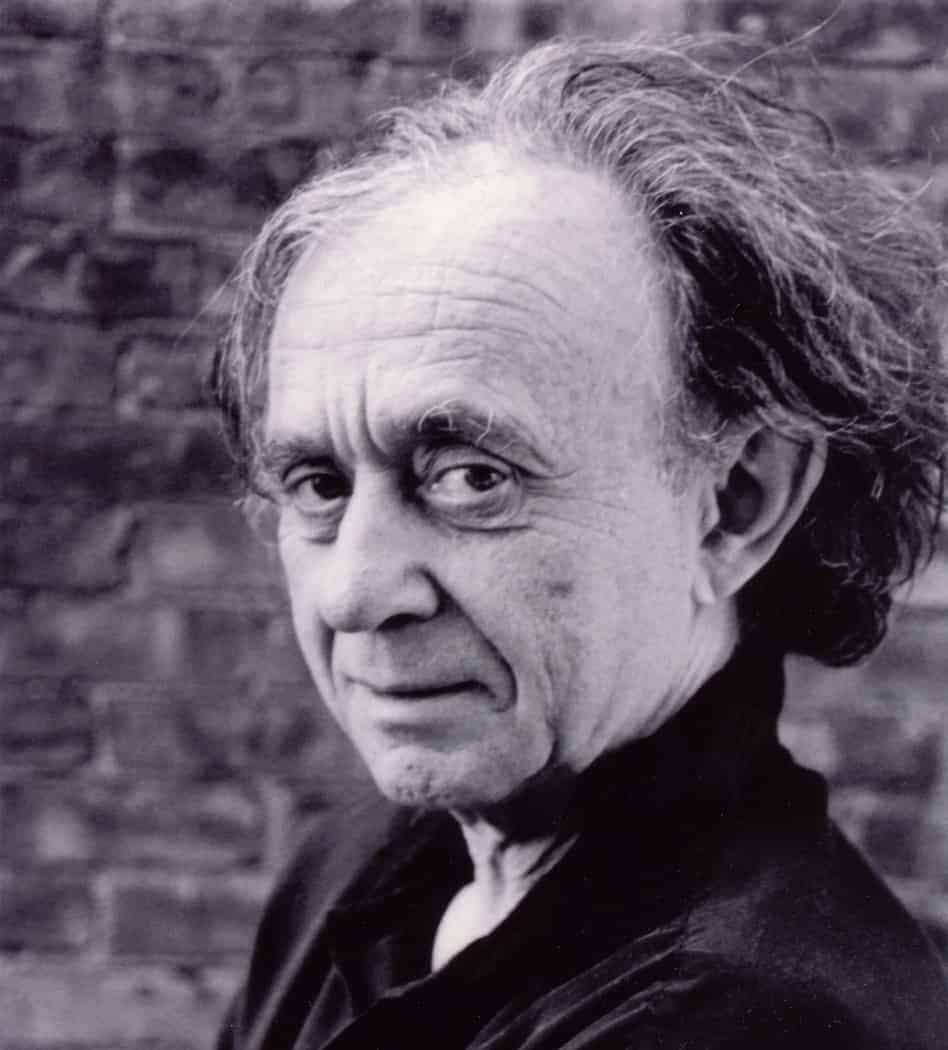Clint Eastwood’s American Sniper is an intelligent, probing character study of a man torn between his duty as the US Military’s deadliest sniper in history, and his life at home.
All Articles
If I picked the Oscar nominees…
Since the Academy has a habit of not even nominating the right people, here’s a look at whom I’d nominate if I had an Oscar ballot. Best Picture Boyhood Selma National Gallery Pride Charlie’s Country Best Director Richard Linklater, Boyhood Ava DuVernay, Selma Wes Anderson, The Grand Budapest Hotel Frederick Wiseman, National Gallery Jennifer Kent, The Babadook Best Actor Ralph […]
The best films of 2014
Although much of the awards-bait of 2014 was mediocre at best, from “The Imitation Game” to “The Theory of Everything,” last year was still filled with wonderful films, moving and entertaining, innovative and thoughtful. Here’s a look at my favourite films of 2014 that were actually released in US cinemas in 2014 or premiered in […]
The best non-film posts of 2014 at The Seventh Row
Although I mostly dedicated my time to reviewing films in 2014, I still dabbled in theatre, television, and music reviews — my other passions. Here’s a look at my best writing of 2014 for The Seventh Row that’s not about film. 1. Theatre Review: Sam Mendes delivers a lucid, dark, and funny “King Lear” for NTLive One of […]
The 10 best film posts at The Seventh Row in 2014
The first full year at The Seventh Row has been a big one, with coverage of Sundance, Cannes, The San Francisco International Film Festival, and the Toronto International Film Festival. Here’s a look at the best film posts at The Seventh Row in 2014, which includes both reviews and interviews. 1. Review of “Boyhood”: In […]
Frederick Wiseman on his new film National Gallery
His latest film, “National Gallery,” which premiered in the Director’s Fortnight at the Cannes Film Festival in May, takes a look at the inner-workings of London’s renowned art museum. The film is a fascinating look at one of the greatest art museums in the world, its role in the community, and how the paintings it houses continue to speak to us.



